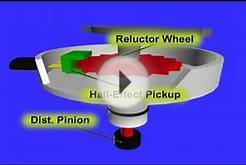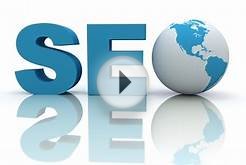 The trick is getting potential customers to open the email.
The trick is getting potential customers to open the email.
email image by vospalej from Fotolia.com
The Internet has opened the world to possibilities never before imagined. A click of the mouse takes you around the globe and allows instant purchases and instant feedback. Electronic advertising places products and services in front of potential customers as long as they open the email or website and read the content. While electronic advertising is inexpensive compared to other advertising vehicles, there are some disadvantages possible with its use.
Spam Filters
Electronic advertising often lands in a throw-away spam folder. Email programs are set to recognize familiar incoming email addresses and question addresses that are not familiar. In addition, email users can adjust email account settings to reroute incoming emails that look like spam to a folder the account holder must make the effort to open if he wants to view its contents. Many people forget to check the spam folder and the mail there is never viewed. This is not a large problem other than inconvenience if the email blast is free, but if you purchase the electronic ad it is a waste of money.
Subject Line Limitations
For an electronic advertisement to be successful, it must be opened. The majority of email programs provide a single subject line to announce what the email is about. This means you cannot use logos, graphic art and other eye-catching visuals to attract potential customers until they click the email open. If the subject line does not contain something that interests the recipient, it will most likely be deleted without being opened.
Related Reading: The Disadvantages of Email Advertising
Costly
Click-through electronic advertising is costly and does not promise results. Such advertising is purchased by a company and placed in key spots on the Internet. For example, an electronic ad for swimming pool equipment might pop up on the screen beside searches for swimming pool installation companies. A click-through ad is paid for per click. When a viewer clicks the ad and is taken to the company website, the ad-placing company incurs a charge. People click on ads for free, whether or not they have an actual interest in purchasing products or services. The clicking charge can be costly without a promise of a sale. In addition, only 1 or 2 percent of viewers landing on a page with click-through ads click on the ads. If the ad is prepaid as well as click-paid, it can be a waste of money.
Shelf Life
While Internet ads can remain online forever, if customers don't bookmark the page or the ad, once they click out of the Internet they lose the ad. Internet ads are not easy to relocate, so customers may just move on without trying to go back and find them again when it comes time to choose who to purchase the products or services from.












